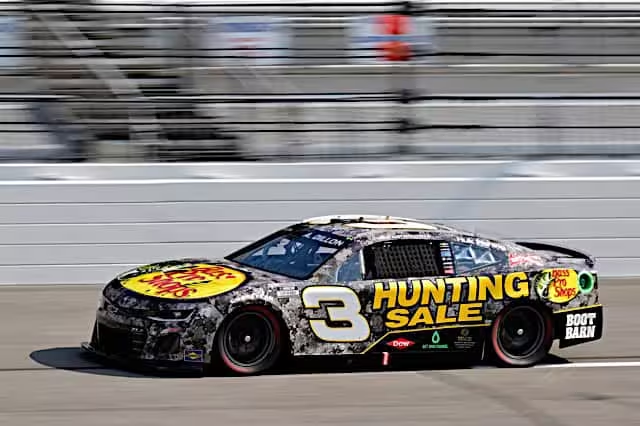With talk circulating nonstop this week about NASCAR penalties, it can often be confusing why NASCAR rules the way it does at times.
That’s nothing to fret about, as the sport’s governing body has pulled just as many penalties out of left field as it has those straight off the shelf. What’s important in any penalty situation, however, is consistency. Luckily, there are plenty of resources that compile these.
It’s also worthwhile to note where all monetary penalties go to. Since 2008, the money collected from the penalties go toward the NASCAR Foundation for charitable work. Before then, all the money collected throughout a season went toward the Drivers Points Fund, which was awarded to the points champion at the end of any season.
Just as important, though, is differentiating between what type of penalties that drivers can receive: pre-, in- and post-race.
All of these penalties are somewhat self-explanatory in nature, but for education’s sake, it helps to list what drivers may be penalized for on a week-to-week basis.
Firstly, pre-race penalties are just that: penalties that are handed out for any infringement that occurs before a race begins.
These can be assessed due to drivers and teams making unapproved adjustments to the car or failing pre-race inspections, of which there are multiple rounds. The result of these penalties is typically the loss of a pit stall selection, a pass-through penalty (when a driver has to drive through pit road at a speed limit at the start of a race), being sent to the back of the field or even the loss of a crew member for the race.
Notably this NASCAR Cup Series season, Kyle Larson had to serve one of the most harsh pre-race penalties this season at Talladega Superspeedway when he lost his qualifying spot, had a crew member ejected and served a pass-through penalty.
In contrast, in-race penalties are often only impactful to the race in which they occur. They typically require dropping to the back of the field during a race or serving a pass-through. In extreme situations, NASCAR may call for a stop-and-go penalty on pit road, which is exactly what it sounds like: holding the car for a number of laps or even telling a driver to park it for the rest of the day.
One of the most memorable instances of these occurred last season in the NASCAR Xfinity Series, when NASCAR told Josh Williams to park his car for the day. Williams certainly parked it, but he did so right on the…
Click Here to Read the Full Original Article at …

